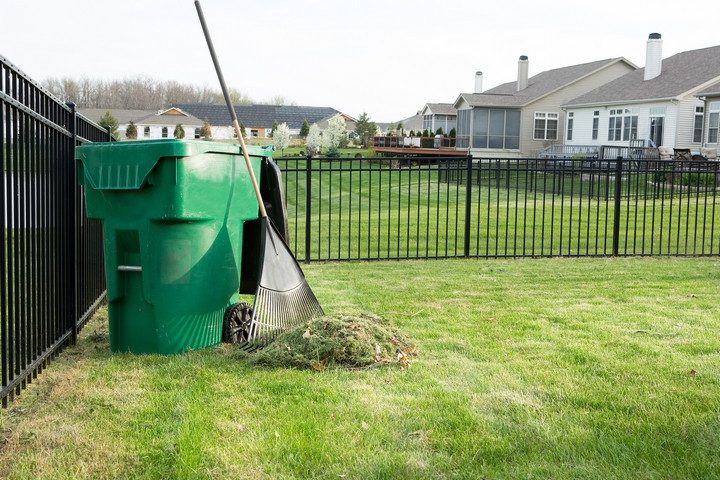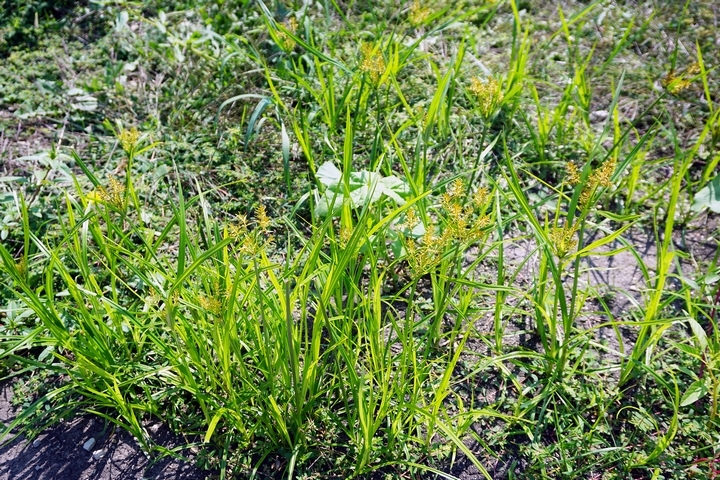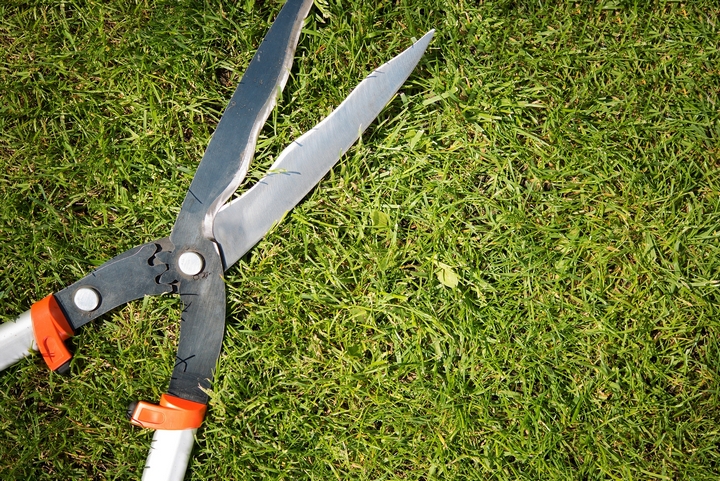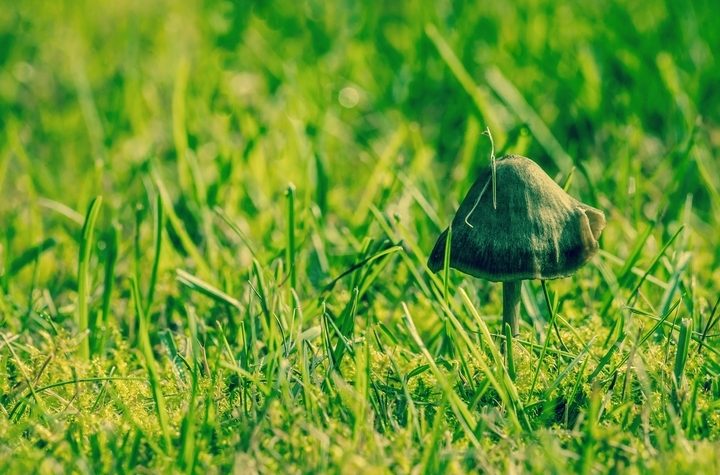Every home owner wants to keep their lawn looking good. Especially if you invest a lot of time and energy taking care of it, dealing with unsightly issues can be a big downer. The problem is that due to the fact that a lawn is composed of hundreds of thousands little grass plants, there is plenty of opportunity for issues to develop.
Even worse? Once a disease has developed, the spores can multiply quickly. Early detection is the best defense, so it’s best to pay attention to your lawn care and act fast is something seems amiss. Here are some of the most common lawn diseases and how to identify them.
1. Brown patch

Brown patch is most likely to appear in the summer as it thrives in hot, humid weather. These lawn diseases are generally presented in roughly circular, somewhat irregular patches that appear to be either dry or dead.
Sometimes, the outside of the patch will be noticeably darker than the inside. On some types of grass, St. Augustine for example, this disease will look like a brownish interior with a yellow outer ring.
2. Large patch

Large patch is cause by a similar pathogen responsible for brown patch, but usually appears in spring or autumn and under cooler conditions. Although it will start out small, as the name implies, large patch can quickly spread to a space as large as an automobile.
Once these lawn diseases take hold, it is likely to see off-colored turf around the edges of the patch, with very thin existing turf or other healthy species that are not affected by the disease in the center of the patch.
3. Pythium blight

Technically classified as a water mold, you’re most likely to see this disease creep up in damp, humid conditions or on patches of lawn that tend to pool water and don’t drain properly.
Newly seeded areas receiving irrigation are also susceptible. Pythium blight usually shows up in small circular areas and will give the grass a grey, water-soaked appearance.
4. Red thread

Red thread most commonly affects bermudagrass, bluegrasses, fescues, bentgrasses, and perennial ryegrass. It usually develops in places with a cool, humid climate and is often spotted in coastal areas. Lawns grown in nutrient-poor soil are especially prone to red thread.
For these lawn diseases, it is easy to identity because it appears as thin, red strands extending from the grass blades. This is a particularly stubborn disease and can survive for years if it is left untreated.
5. Rust disease

As the name suggests, this disease shows up as orange-yellow rust spores on individual blades of grass. Because it might not be completely concentrated, you have to look closely as it could appear to be light-green or yellow from a distance.
Shady areas with a lack of ventilation are most susceptible to rust disease and it appears most often in the late summer and early fall. Rust can also appear in the spring if the lawn has not been properly fertilized.
6. Powdery mildew

Powdery mildew is a fungal disease most commonly seen in lawns growing in cooler climates and is particularly fond of Kentucky bluegrass. Once it has developed, it can spread quickly and especially so in shaded areas or if the weather is overcast. You will be able to detect powdery mildew by a white dust appearance on the leaf blades.
7. Fairy ring

A natural phenomenon found in grassy areas and forests, fairy rings appear as an arc of mushrooms. Manifesting themselves in three different ways, some appear with a darker green flush of growth and a zone of dying grass and mushrooms, some with only a darkened green ring and mushrooms, and some with only mushrooms.
These lawn diseases will stay contained to their initial formation, and due to the fact that they are extremely hard to get rid of, they are often simply left alone.
8. Grey snow mold

Appearing in the early spring as the snow is melting, grey snow mold develops under the cover of the snow above. It is caused when there is an extended period of snow cover on ground that is no longer completely frozen.
Snow mold is also likely to develop under leaves that were not collected, or long grass that didn’t get cut before the snow and winter set it. It is important to engage in lawn maintenance during the fall, before the weather turns, in order to avoid snow mold.
9. Pink snow mold

Unlike grey snow mold that develops underneath the snow, pink snow mold can grow during cool, wet weather even when there’s no snow on the grass. Despite what its name implies, it is not always easy to spot.
You have to look closely at these lawn diseases, but it appears as grayish-white or whitish-pink patches of crusty, matted grass, and is most noticeable in early spring when the snow begins to disappear.




